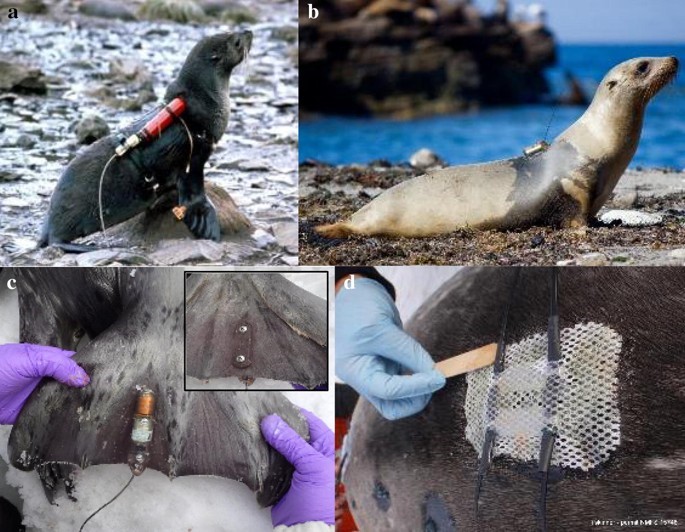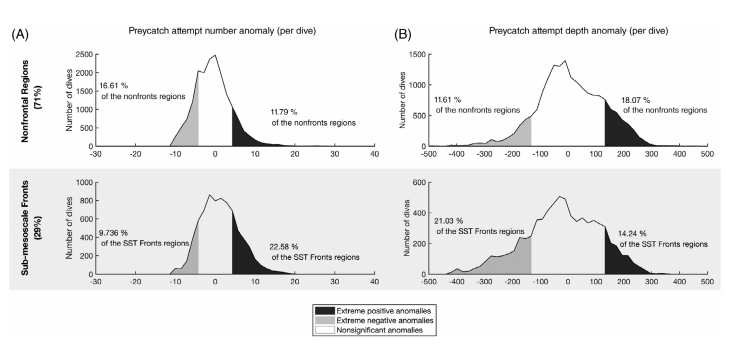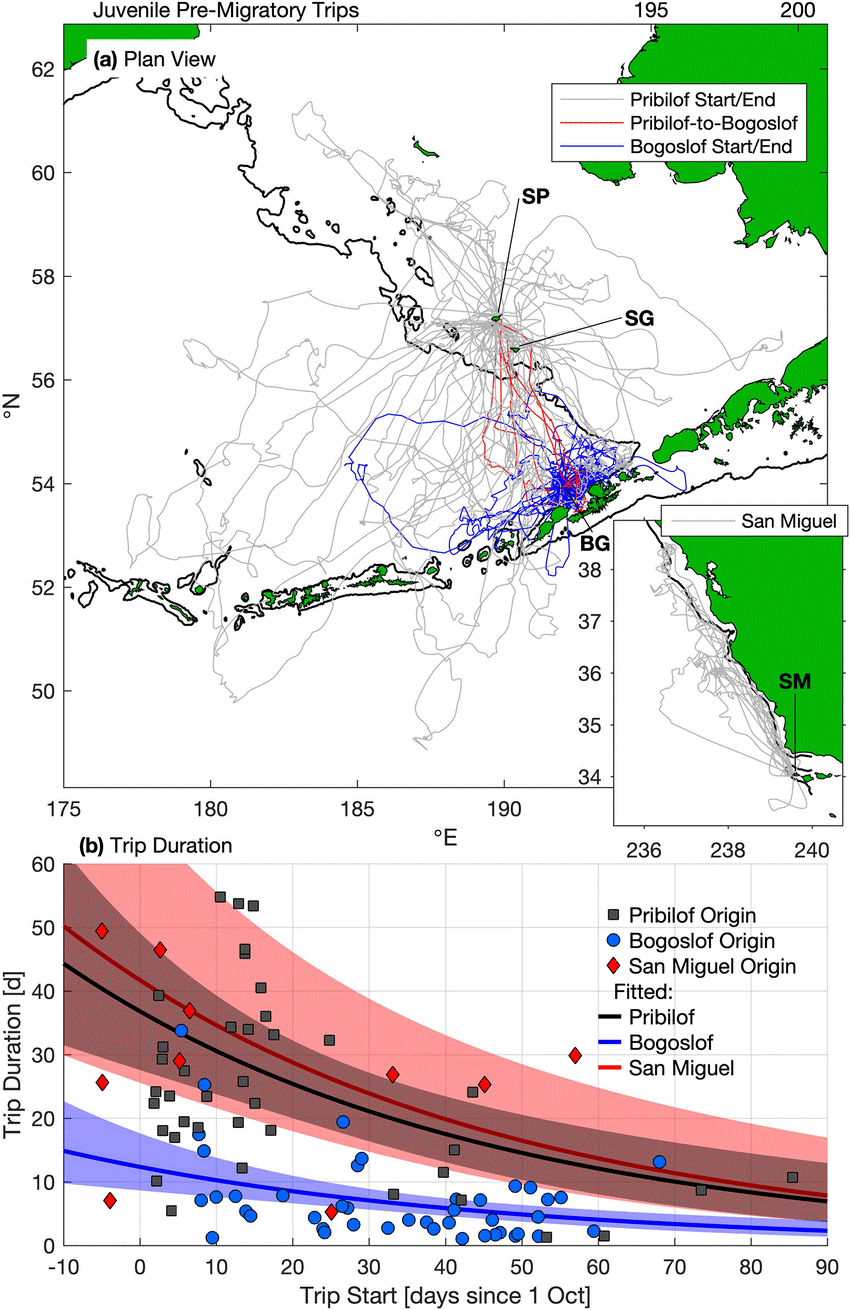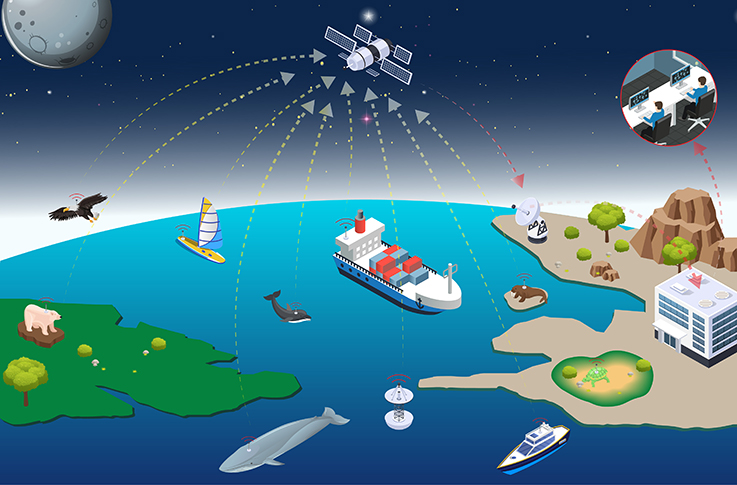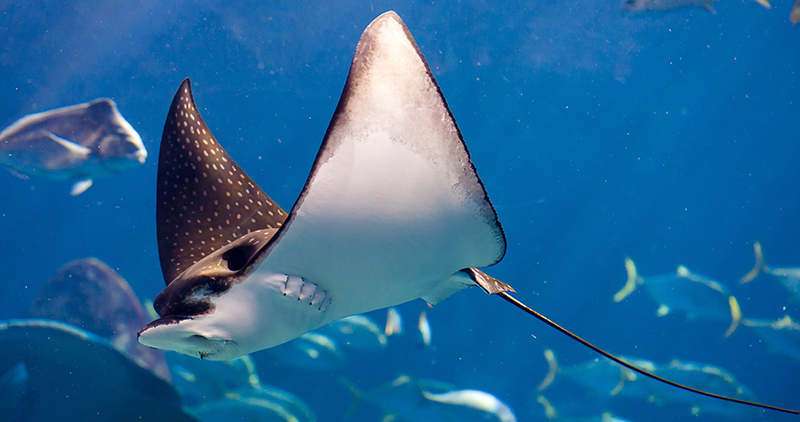Best Practice Recommendations for the Use of External Telemetry Devices on Pinnipeds
New research outlines 15 best practices for using externally attached telemetry devices on pinnipeds. The best practices provide guidance to help mitigate possible negative outcomes. The recommendations cover the following categories: justification, capture, tag design, tag attachment, effects assessments, preparations, and reporting. Read the Best Practices...

